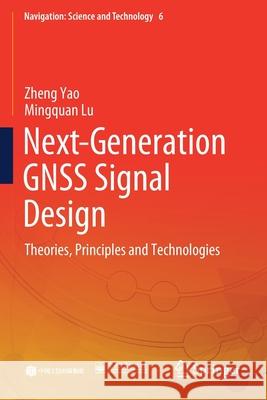Next-Generation Gnss Signal Design: Theories, Principles and Technologies » książka
topmenu
Next-Generation Gnss Signal Design: Theories, Principles and Technologies
ISBN-13: 9789811558016 / Angielski / Miękka / 2021 / 310 str.
Next-Generation Gnss Signal Design: Theories, Principles and Technologies
ISBN-13: 9789811558016 / Angielski / Miękka / 2021 / 310 str.
cena 887,69
(netto: 845,42 VAT: 5%)
Najniższa cena z 30 dni: 771,08
(netto: 845,42 VAT: 5%)
Najniższa cena z 30 dni: 771,08
Termin realizacji zamówienia:
ok. 22 dni roboczych
Dostawa w 2026 r.
ok. 22 dni roboczych
Dostawa w 2026 r.
Darmowa dostawa!
Kategorie:
Kategorie BISAC:
Wydawca:
Springer
Seria wydawnicza:
Język:
Angielski
ISBN-13:
9789811558016
Rok wydania:
2021
Wydanie:
2021
Numer serii:
000819459
Ilość stron:
310
Waga:
0.47 kg
Wymiary:
23.39 x 15.6 x 1.78
Oprawa:
Miękka
Wolumenów:
01
Dodatkowe informacje:
Wydanie ilustrowane











